

Designed for Appliances, Electrical, and Electronics Manufacturers,
Your Professional Embedded IoT Hardware Partner

A System On Module (SoM), also called Computer on Module (CoM), is a single physical embedded module integrated into a system function that contains core components including SoC, memory blocks, power unit etc., which then be connected to a suitable carrier board via pins to create a complete embedded mainboard/development board.
Dusun specializes in embedded development board solutions for AIoT hardware developers. We provide high-performance System on Module (SoM) and comprehensive customization services for development boards, offering exceptional technical support and product experiences worldwide.
Dusun IoT’s low-power System On Modules (SoMs/CoMs) are reliable and cost-effective. They are built based on ARM / MIPS architecture and employs SoCs from Rockchip / MediaTek / NXP.

CPU : 1.7GHz Dual Cortex-A55
RAM: Up to 1GB
EMMC: Up to 8GB
Size: 48mm * 33mm * 1.5mm
OT: -40 °C ~ 85 °C Industrial
OS: Linux
CPU : 1.6GHz Quad Cortex-A53
RAM: Up to 2GB
EMMC: Up to 32GB
Size: 62mm * 36mm * 4.0mm
OT: -40 °C ~ 85 °C Industrial
OS: Linux
CPU: 1.8GHz Quad Cortex-A53
RAM: Up to 4GB
EMMC: Up to 64GB
Size: 60mm * 49mm
OT: -40˚C ~ 85˚C Industrial
OS: Android, Debian
CPU: 800MHz Single Cortex A7
RAM: Up to 512MB
EMMC: Up to 256GB
Size: 38mm * 38mm
OT: -40˚C ~ 85˚C Industrial
OS: Linux ( Debian, Ubuntu, .etc.)

CPU Type: 800MHz MIPS 1004Kc
RAM/EMMC: Up to 256MB RAM 16GB EMMC
Size: 65mm * 69mm * 2.5mm
OT: 0˚C ~ 85˚C Industrial
OS: OpenWRT
CPU : 580MHz MIPS 24KEc
RAM/EMMC: Up to 128MB RAM 64MB EMMC
Size: 18.7mm * 35.2mm * 2.8mm
OT: -20℃ ~ 55℃ Industrial
OS: Linux, OpenWrt

CPU: 2.2GHz Eight core 4 * Cortex-A76+
4 * Cortex-A55
RAM/EMMC: Up to 16GB RAM 128GB EMMC
Size: 66mm * 50mm * 5.8mm
OT: -20 °C ~ 60 °C Industrial
OS: Android 12.0, Ubuntu, Debian11, Buildroot, and
RTLinux kernel
CPU: 2.4GHz Octa-core 4 * Cortex-A76+
4 * Cortex-A55
RAM/EMMC: Up to 8GB RAM 128GB EMMC
Size: 66mm * 50mm * 5.8mm
OT: -40 °C ~ 85 °C Industrial
OS: Android 11.0, Ubuntu 18.04
CPU: 2.0GHz Quad Cortex-A55
RAM/EMMC: Up to 8GB+128GB
Size: 82mm * 50.5mm
OT: -20 °C ~ 60 °C Industrial
OS: Android, Debian
CPU: 1.5GHz Quad Cortex-A53
RAM/EMMC: Up to 2GB+32GB
Size: 44mm * 44mm * 3.0mm
OT: 0 °C ~ 80 °C Industrial
OS: Android, Debian
CPU: 1.3GHz Quad Cortex-A35
RAM/EMMC: Up to 512MB+128GB
Size: 45mm * 40.2mm * 3.35mm
OT: -10°C ~ 60 °C Industrial
OS: Buildroot, Linux + MiniGUI/QT, ROS
CPU: 1.3GHz Quad Cortex-A35
RAM/EMMC: Up to 2GB+32GB
Size: 45mm * 45mm * 2.6mm
OT: -20 °C ~ 85 °C Industrial
OS: Android, Debian
Dusun Embedded System on Module is equipped with high-performance ARM/MIPS processor architecture, can be plugged into a standard connector on an application-specific carrier board for industrial, residentail and commercial automation, IoT connectivity, advanced graphics processing, AIoT, machine vision, image, audio and voice processing, and video applications.
Dusun SoMs have successfully validated our presence in the global market over the years with stable and reliable quality. Over 100+ products have been developed, and 500,000 + units of SoMs have been shipped years!

Eliminates the need of custom board development. Saves more than 30% of R&D costs and time in the whole production cycle.

Powered by high-performance processors and provides variety of RAM/ROM options for flexible selection.
Satisfy developers’ needs in an extremely competitive price.

Built and tested exclusively with industrial-grade components to ensure work properly in harsh environments and temperatures.
MTBF ≥ 100,000 hours

Not only provides development materials (SDK, QSG, tools, etc), but also high-quality technical support. Ensures a connection with any global customer can be established within 12 hours.
With our industry expertise, Dusun offers stable, reliable, and cost-effective embedded hardware platforms. This allows IoT hardware developers to focus on software and upper-layer application development. Our responsive team reduces complexity in hardware product development, enhances efficiency, and accelerates time to market. We also provide professional tools and resource kits to improve design scalability, maintainability, and reduce development costs and design risks.
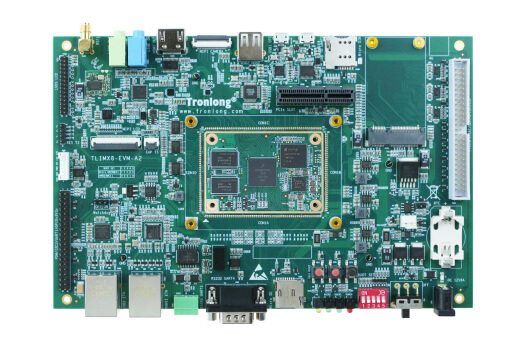


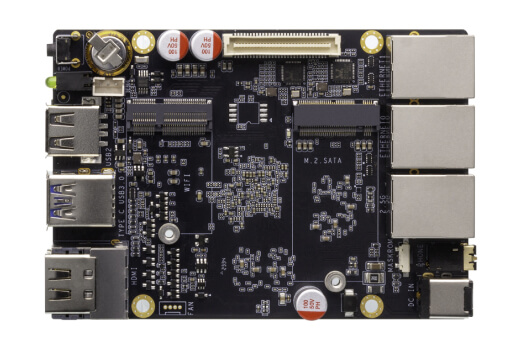
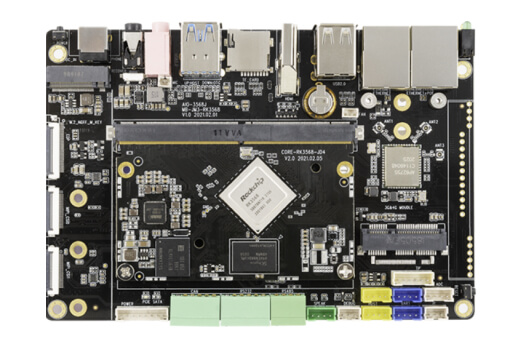
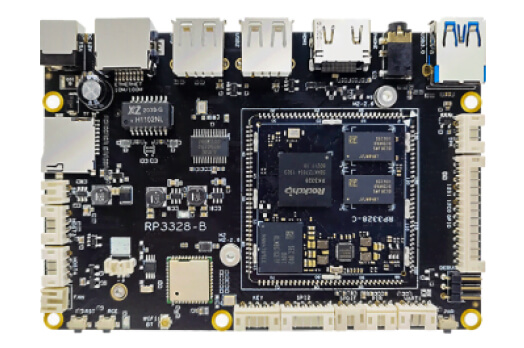
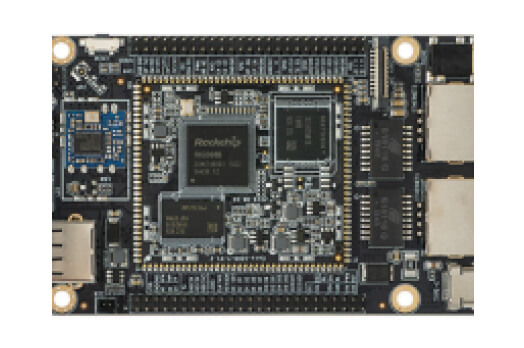
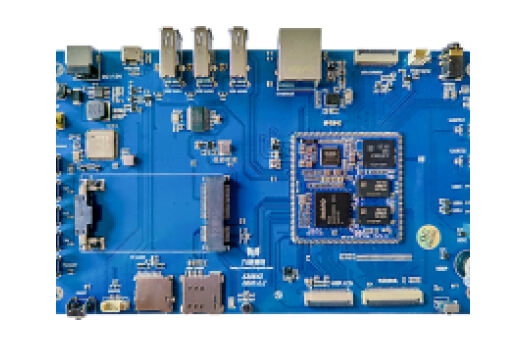
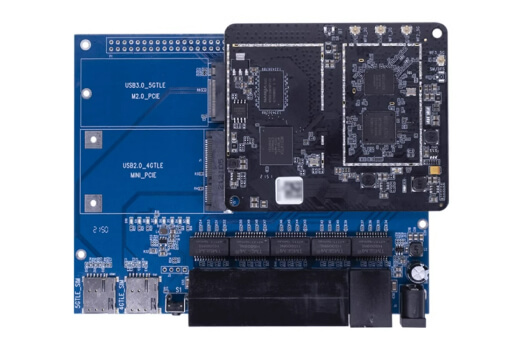
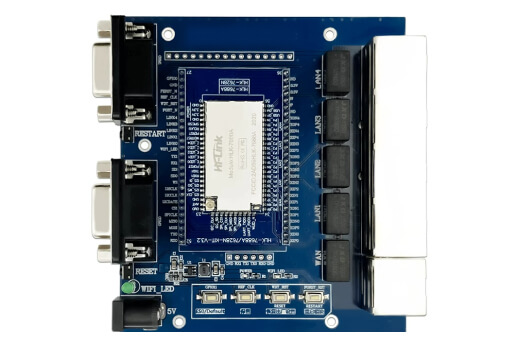
Providing a stable hardware platform that has been tested by the market to help partners shorten the productization cycle and quickly complete product development.
With decades of experience in AIoT hardware design, Dusun IoT focuses on providing zero-to-one embedded mainboard design and development services for Appliances, Electrical, and Electronics Manufacturers and software developer customers.
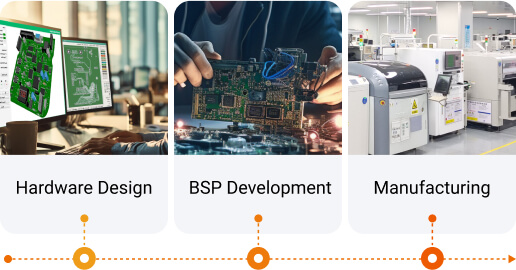
Dusun is committed to offering customers comprehensive and thoroughly tested development resources to ensure reliability and efficiency. Additionally, we have a professional FAE team providing personalized one-on-one services to support customers in overcoming various technical challenges during the secondary development of mainboards based on our system on modules, accelerating product time-to-market and helping your business gain a competitive edge.


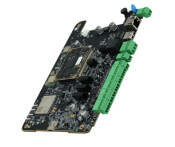
Providing complete development boards to assist developers with interface testing, feasibility assessment, and pre-development rehearsals.
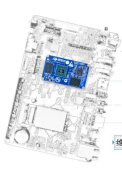
*Offering peripheral circuit designs and packaging dimensions, supporting partners with schematic/Layout reviews, guidance, and debugging to achieve high-quality, efficient hardware design.




Assisting developers in reducing development costs and avoiding unnecessary technical risks, thus expediting product development and market introduction.


Leveraging our professional experience and resources, we offer testing support to help developers quickly and systematically complete both software and hardware functional tests, ensuring product stability and reliability.
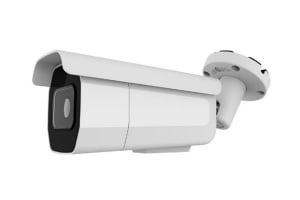
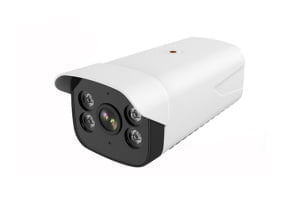
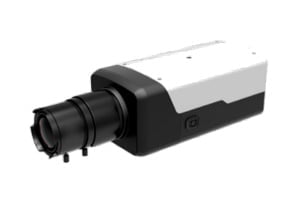
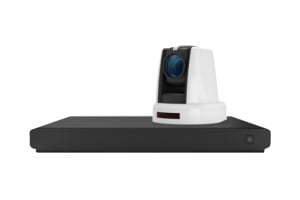
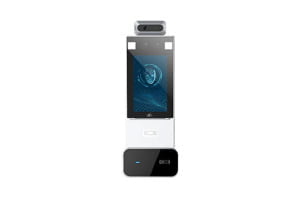
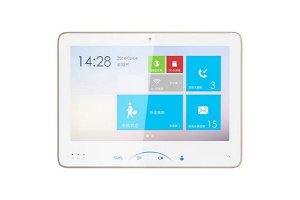
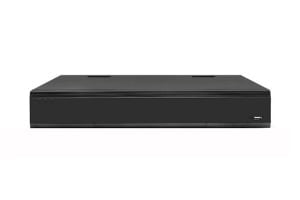

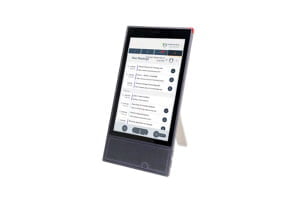
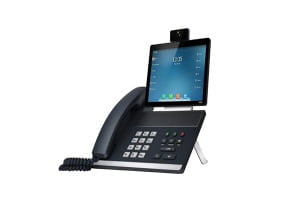
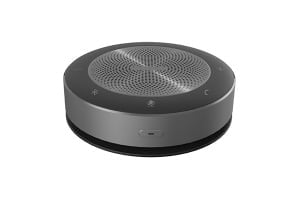
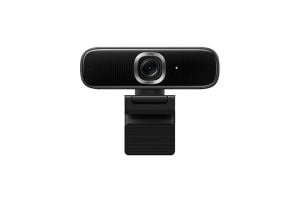
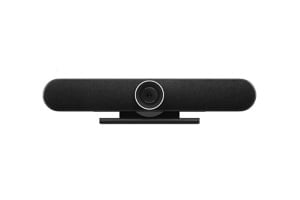
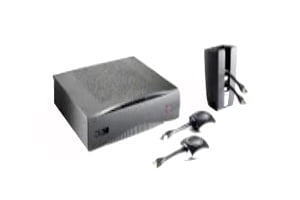
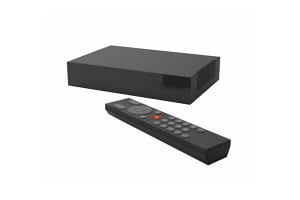
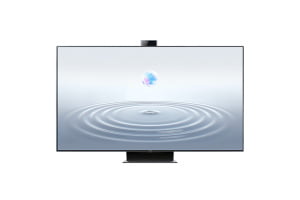
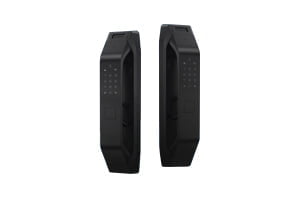
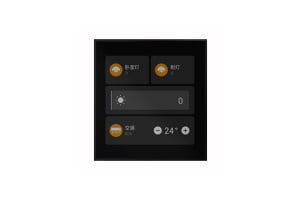
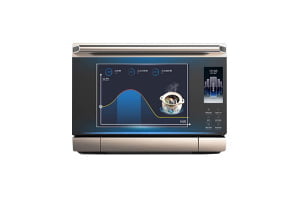
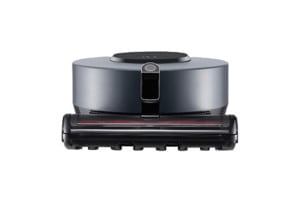
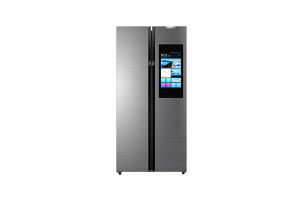
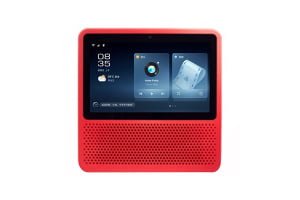
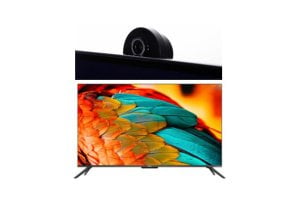
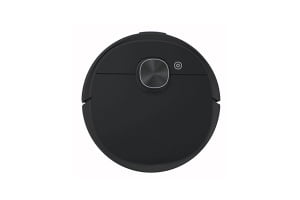
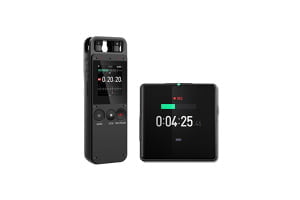

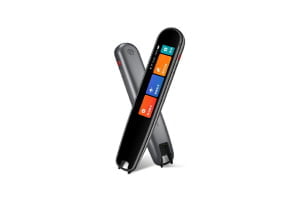

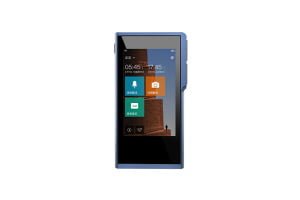
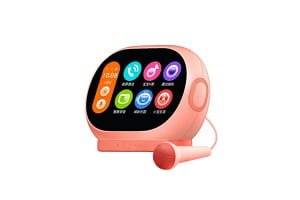
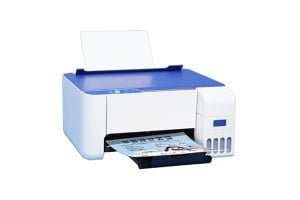

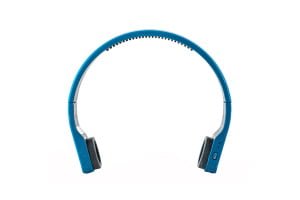


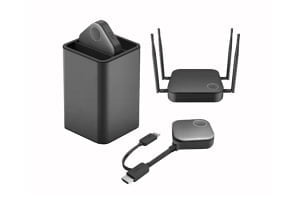
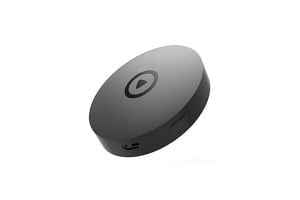

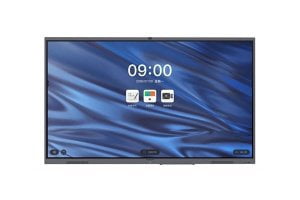
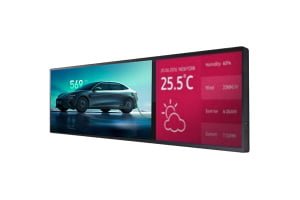
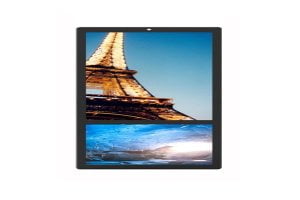


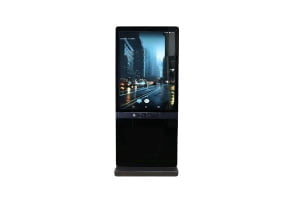
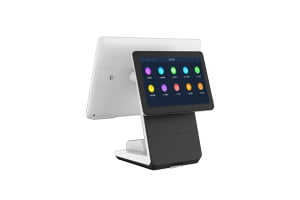
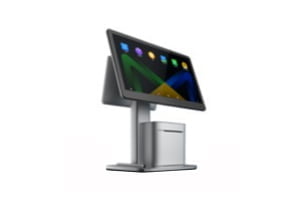
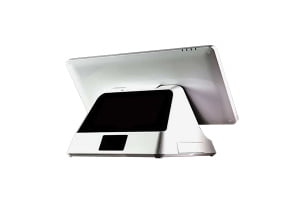
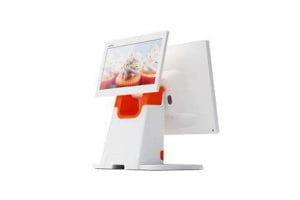
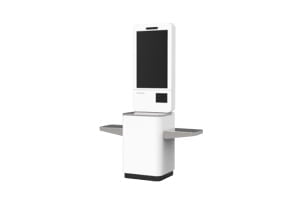
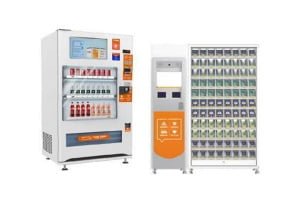
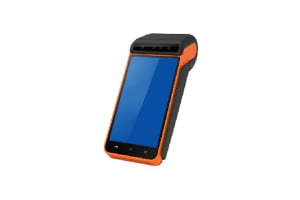
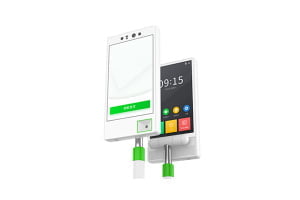
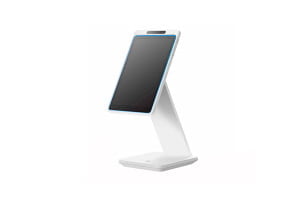
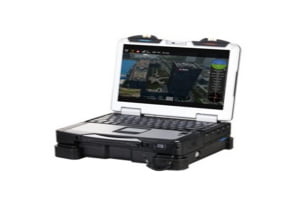
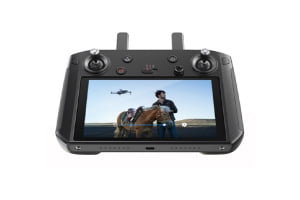
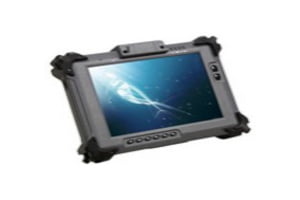
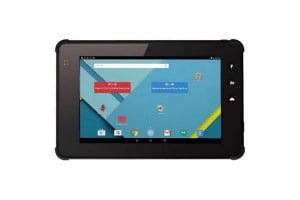
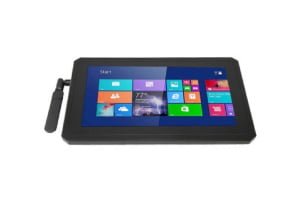
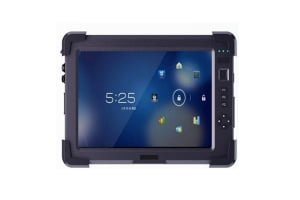
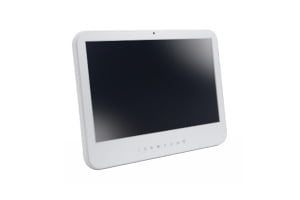
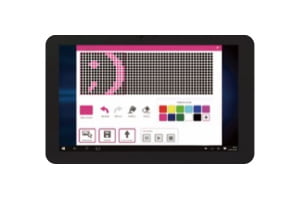
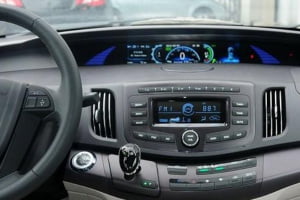




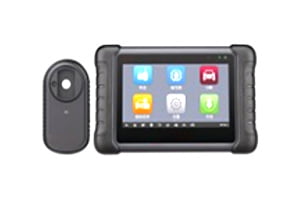

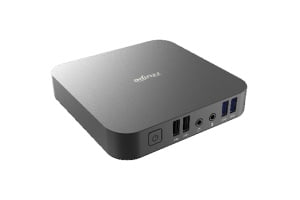
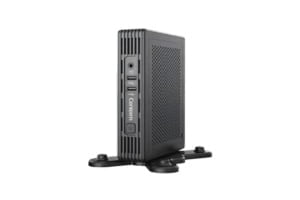
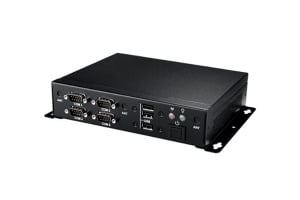
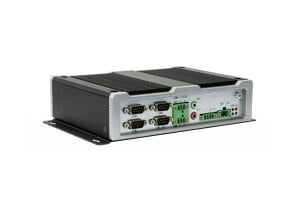








































































It depends. Please please contact our sales team or you can leave us detailed message on contact page.
Common System on module components include a CPU, RAM, flash memory, a power management unit, wired and wireless communication interfaces.
Computer on Module (CoM), also known as a System on Module (SoM), is a single physical embedded module integrated into a system function that contains core components including SoC, memory blocks, power unit etc., which then be connected to a suitable carrier board via pins to create a complete embedded mianboard/development board.
System on Module (SoM) is a compact and integrated board that combines a microprocessor, memory, power management, and other essential components into a single module. It serves as a building block for creating more complex systems, thereby simplifying the design and development process. By leveraging SoMs, companies can significantly reduce both the time and cost associated with bringing new products to market.
These advantages make SoMs widely used across various industries, including IoT, industrial automation, medical devices, and edge computing, among others.
The System on Module (SoM) and the carrier board together form a complete solution for embedded systems. The SoM handles core computing and processing functions, while the carrier board provides the necessary interfaces, power, and peripherals. This modular design allows developers to flexibly apply the SoM across different projects while customizing the mainboard to meet specific application needs. This combination not only accelerates development and time-to-market but also simplifies the design and upgrade process, offering high scalability and future-proofing for the system.
In System on Module (SoM) design, several connection methods are commonly used to interface the SoM with the carrier board or other components. These connection methods include:
Each connection method has its own set of advantages and trade-offs, impacting factors such as ease of assembly, system robustness, and flexibility for upgrades or changes. The choice of connection method depends on the specific requirements of the application, including considerations for performance, cost, and ease of manufacturing or maintenance.
ARM SoM and MIPS SoM are both types of System on Module (SoM) that utilize different CPU architectures – ARM and MIPS, respectively. They are used in various applications due to their distinct features and benefits. Here’s a look at some typical aspects and applications of each:
Typical ARM SoM:
Typical MIPS SoM:
Both ARM and MIPS SoMs serve distinct market needs and are chosen based on factors such as power requirements, available development resources, target application performance, and ecosystem support. ARM’s wide adoption provides a versatile solution for diverse applications, while MIPS offers strong processing capabilities for specialized fields such as telecommunications and multimedia.
| Cookie | Duration | Description |
|---|---|---|
| cookielawinfo-checkbox-analytics | 11 months | This cookie is set by GDPR Cookie Consent plugin. The cookie is used to store the user consent for the cookies in the category "Analytics". |
| cookielawinfo-checkbox-functional | 11 months | The cookie is set by GDPR cookie consent to record the user consent for the cookies in the category "Functional". |
| cookielawinfo-checkbox-necessary | 11 months | This cookie is set by GDPR Cookie Consent plugin. The cookies is used to store the user consent for the cookies in the category "Necessary". |
| cookielawinfo-checkbox-others | 11 months | This cookie is set by GDPR Cookie Consent plugin. The cookie is used to store the user consent for the cookies in the category "Other. |
| cookielawinfo-checkbox-performance | 11 months | This cookie is set by GDPR Cookie Consent plugin. The cookie is used to store the user consent for the cookies in the category "Performance". |
| viewed_cookie_policy | 11 months | The cookie is set by the GDPR Cookie Consent plugin and is used to store whether or not user has consented to the use of cookies. It does not store any personal data. |

